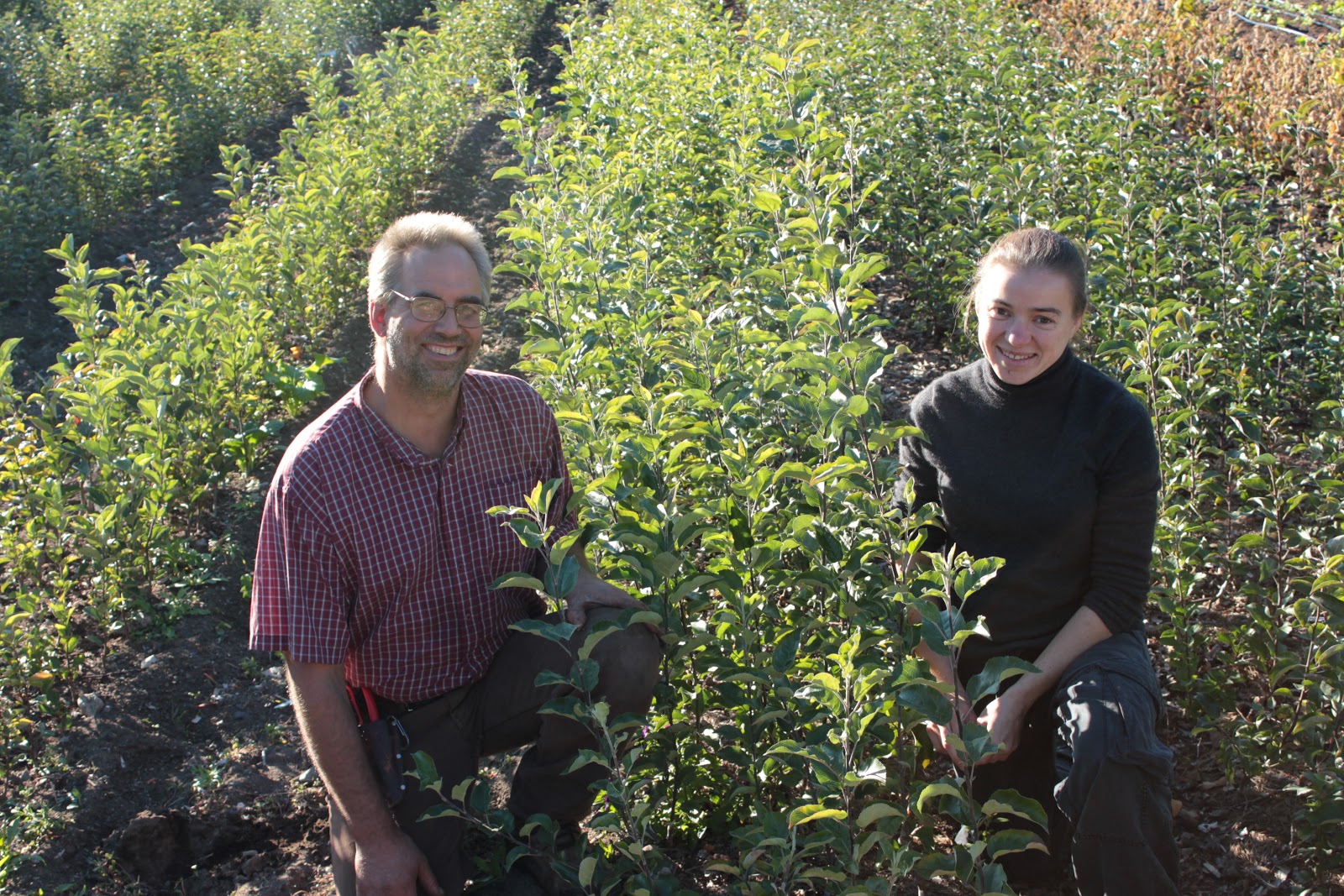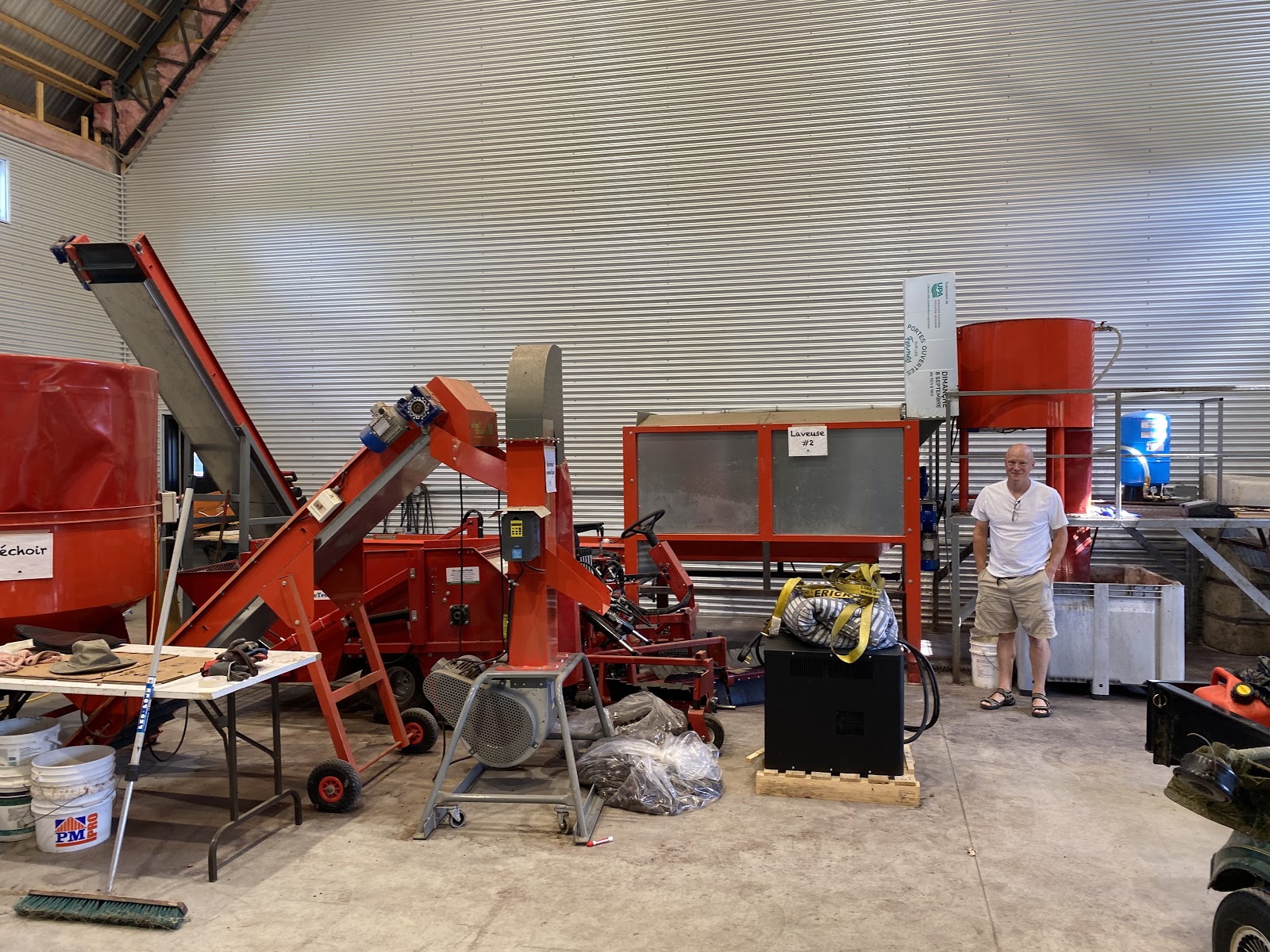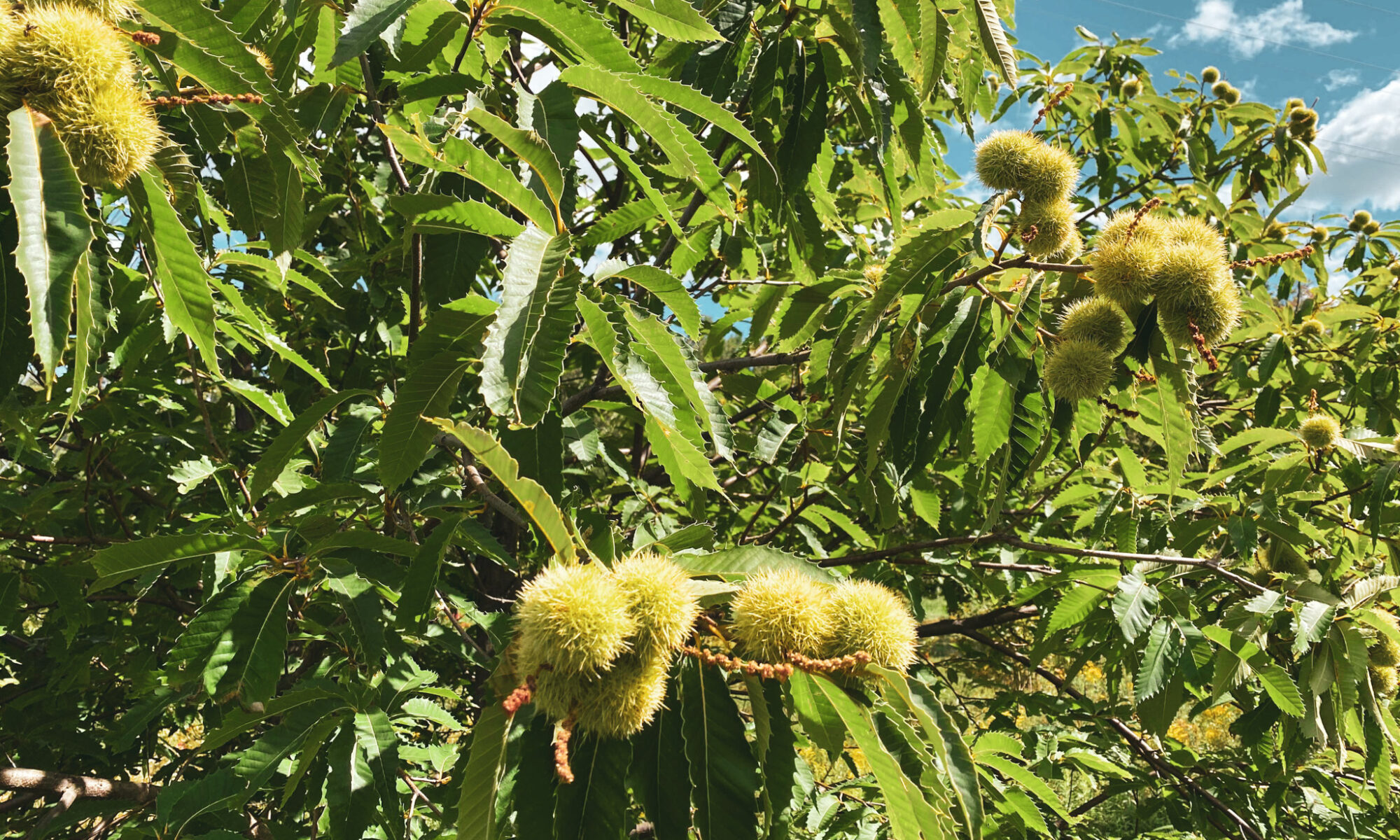One of the five principles of regenerative agriculture is to integrate perennial and deep rooted plants into the agro ecosystem. Of course the longest living and deepest rooted plants are trees. From orchards, to rows of trees between fields, to buffer zones of woody plants around the farm, trees have the potential to increase carbon sequestration and water infiltration, not to mention diversifying production for more resilience. With the increasing periods of hot and dry conditions, mixed with unpredictable storms and heavy rainfalls, annual crops are particularly vulnerable. For both annual crops and grazing, the integration of tree crops provides protection and diversity of revenue streams.
But there are obstacles that make it harder for farmers to make the choice to plant tree crops. Lack of knowledge and experience is one hurdle. Another is the fact that the marketplace is not yet developed. A few innovative farmers across the country have been quietly blazing the trail for hardy fruit and nut trees to take their place in the agricultural landscape. In this article, we meet two of these trailblazers.

Véronique Alexandre and her partner, Éric de Lorimier are sellers and breeders of hardy fruit and nut trees and shrubs, specially adapted to the Canadian climate. They own Hardy Fruit Trees in the Lanaudière region of Quebec. They began the business because they were disappointed to find that most commercially available trees at the time were not adapted for zones colder than 5. They had ordered 3 apple tree seedlings from a nursery in Alberta, which arrived badly mangled. Éric grafted the buds onto hardy rootstock and sold a few trees.
Fifteen years on, they offer hundreds of varieties of rare trees and bushes, all of which are selected for cold hardiness, disease resistance, and delicious fruit. Everything they sell has been grown by them and tested. Some varieties have been tested as far as the Yukon for temperatures as low as -50C. The couple also provides education through their website, giving useful tips on growing fruit trees. They also offer internships to dozens of people each year. Volunteers can spend a season learning to grow, graft and run a nursery business sustainably.
Alain Perreault is also in the Lanaudière region. He owns Au jardin des noix, a 35 acre nut orchard and boutique. Since 2007, he has been growing multi species of nut trees, varieties of walnuts, hazelnuts, butternuts and chestnuts.There are somes challenges to getting into the nut business. One is that there is a long investment horizon. It takes many years for a nut tree to become productive. Once it does however, an acre of nut trees will provide an abundance of high value produce. Alain is just beginning to enjoy the increasing productivity of his orchard.

The second challenge is that it requires a lot of processing for a nut that comes from a tree to be suitable to eat. There is virtually no infrastructure in Canada to process local nuts and sell them packaged to retail outlets, so a producer has to sell nuts in the shell from the farm. Alain Perreault is one of the few Canadian nut producers who has made a significant investment in the equipment needed to harvest, shell, clean and sort his nuts. He showed us his roomful of machines and multiple steps he uses to get his walnuts from the tree and into 1kg bags of walnut pieces. As more people begin to consider agroforestry as an option on their farms and the taste from consumers for clean, local nuts grows, the interest and infrastructure for a robust nut industry will surely develop.
Thanks to the pioneering work of people like Véronique Alexandre, Éric de Lorimier and Alain Perreault, it is easier for people today to consider getting into agroforestry in northern climates.
We will be hosting Véronique, Éric and Alain at our next webinar “Propagating Agroforestry Adapted to the Canadian Climate” on November 25 at 1pm, to talk about their work and discuss the joys and challenges of tree farming.
– ATTEND THE WEBINAR –




